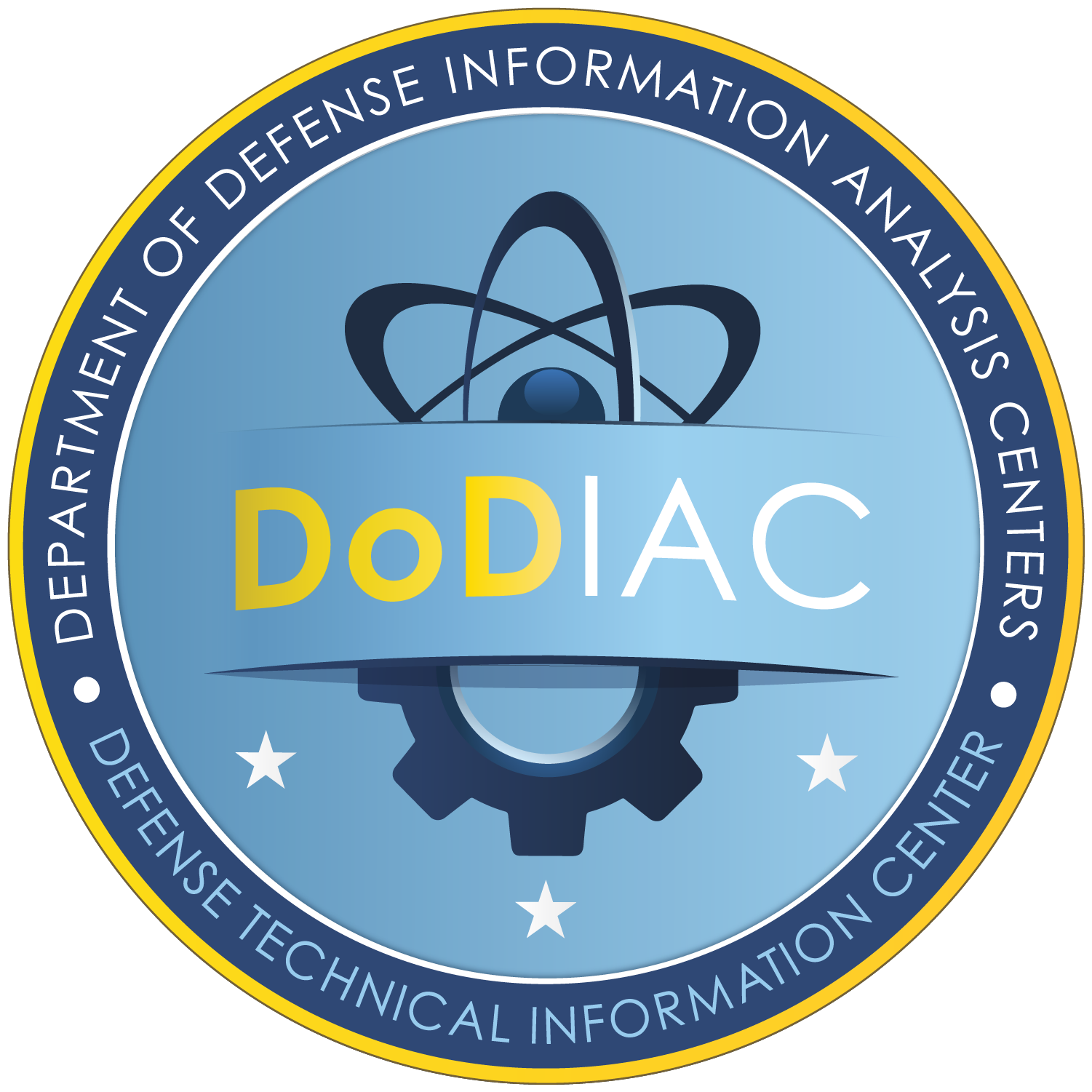Receive a digest of the latest in defense systems straight to your inbox
Technical Research and Analysis Services
The Defense Systems Information Analysis Center (DSIAC) is a component of the U.S. Department of Defense’s (DoD's) Information Analysis Center (IAC) enterprise.
Technical Focus Areas
What We Do
As a DoDIAC, we provide a number of resources and services to help you in your research and provide you with focused expert assistance and unbiased scientific and technical information.
Stay up to date with our Digest
Recent Inquiries
Where can combatant commands access established, international agreements allowing/enabling science and technology collaboration (i.e., information exchange, meetings, experiments, field tests, field observations, training and exercises)?
Where can combatant commands access established, international agreements allowing/enabling science and technology collaboration (i.e., information exchange, meetings, experiments, field tests, field observations, training and exercises)?
What are alternative materials to the D6AC steel round bar per General Dynamics specification FMS-1011C used for the A-10 aircraft external fuel tank lug P/N 7540867-03?
What are alternative materials to the D6AC steel round bar per General Dynamics specification FMS-1011C used for the A-10 aircraft external fuel tank lug P/N 7540867-03?
What literature reviews and handbooks are available on using satellite constellations for tactical communications?
What literature reviews and handbooks are available on using satellite constellations for tactical communications?
Articles
Seminal Technique for Characterizing GPS Navigation Performance
This article presents a standardized technique to evaluate the navigation performance (position, velocity, and principal axes) of an airborne system and develop an efficient methodology to define the number of target data points to process during the planning phases of testing.
Multiagent Federated Learning, Interoperability, and Virtual-Physical Co-simulation
The composition of different types of terrains and presence of a variety of objects and artifacts in a real environment are always evolving.
Data-Optimized Human-Machine Teaming With Robotic Wingmen
The 2022 National Defense Strategy directs the U.S. Department of Defense (DoD) to urgently act to strengthen the U.S. military against its pacing challenge—the People’s Republic of China (PRC).
Ready to submit a technical inquiry?
Receive free information research on technical topics






